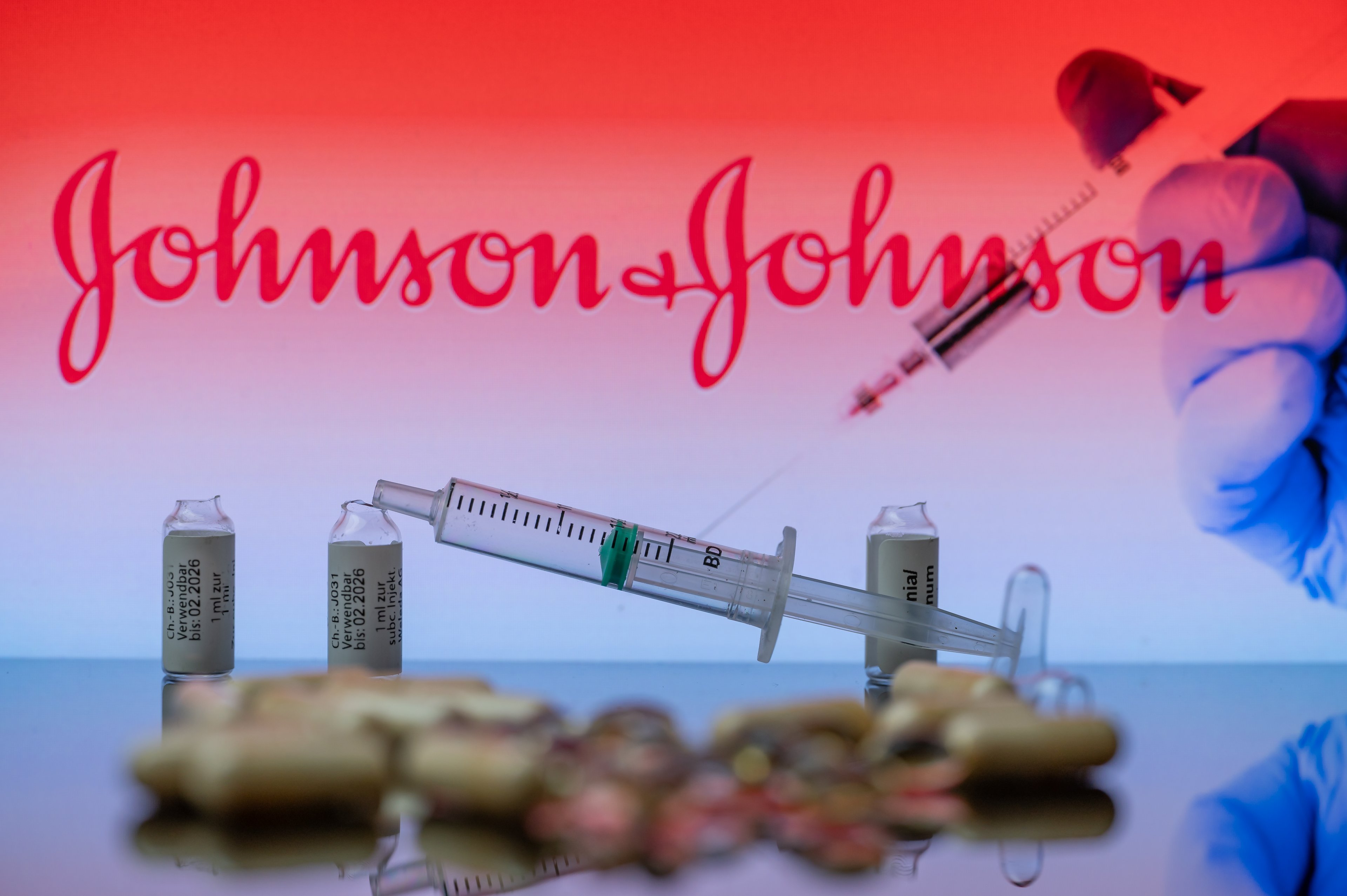Last week I rolled out a Health Care Portfolio for the Ages by adding two big biotech growth stories, Celgene and Gilead Sciences, to the HealthyMoney Motley Fool CAPS virtual portfolio. From fast growers to dividend plays, to companies with disruptive technology, join me each week as I construct a market-beating virtual portfolio of 10 health care stocks.
Let's continue our quest for a market-beating portfolio constructed entirely from health care companies by adding two health care powerhouses.
Big pharma stuck in a rut?
It's been an interesting year in health care with small- and mid-cap biotechs soaring and traditional big pharma stalling on the crushing blows of the patent cliff. Big names like Roche, AstraZeneca, Pfizer, Merck, and Eli Lilly are all in the midst of major restructuring and cost cutting initiatives after in-house R&D costs had swollen with unimpressive end results. But with the inflated valuations of health care growth companies and the expanding notion that there is a biotech bubble, it is critical that we find some stalwart plays to diversify the virtual portfolio.
What we'd really like to find are companies trading at reasonable valuations with stable and diverse revenue streams, and a dividend to help stabilize returns should the purported biotech bubble begin to burst. While I think that some of the restructuring initiatives coming out of big pharma will do great things in the long run, I'd rather sit those out until we get a better idea of where they're headed. Instead, let's consider three companies whose futures have a more clear outlook.
From baby shampoo to prostate cancer
Johnson & Johnson (JNJ +0.47%) is one of those names, like Procter & Gamble or General Mills, that shows up in every household. For that reason it has been one of the better performing stocks on the Dow, rising 31% YTD while sporting a 2.9% dividend yield.
The beauty of Johnson & Johnson's business is its diversity of revenue sources. While that diversity and conglomerate organization have made substantial growth difficult, the company's recent reinvigorated pharmaceutical division is a major growth driver moving forward, and more than compensated for a 2% drop in year-over-year medical device and diagnostics sales. Pharmaceuticals grew 9.9%.
Growth in pharmaceuticals looks very promising going forward. The anchor immunological drug, Remicade, continued its blockbuster growth with a 6.2% increase in sales. Zytiga, an oral prostate cancer drug, has done very well since its launch, with 75% year-over-year growth and a bright future. More excitement surrounds Johnson & Johnson's pipeline, though, after almost certain blockbuster simeprevir received a unanimous recommendation from an FDA panel for the treatment of hepatitis C. Then there's Invokana, the recently approved first-in-class SGLT2 inhibitor for type 2 diabetes, and ibrutinib, the oral drug in clinical trials and under FDA review for several types of blood cancer.
All of these markets are highly competitive, but with so many shots on goal to drive growth, established consumer health and medical devices divisions, and $25 billion in cash, Johnson & Johnson is a good option to stabilize our virtual CAPS portfolio.
Another option emerges
In last week's edition, I teased that one addition to the stalwart section of our virtual portfolio was a glaring omission from the big biotech segment. That company, Amgen (AMGN +0.32%), isn't traditionally considered a stalwart, but with a valuation more reminiscent of big pharma than big biotech, a 1.6% dividend yield, and acquisition clout, Amgen could provide stability to any portfolio. But then Abbott Labs (ABT 0.68%) reported its quarterly earnings and its post-restructuring narrative presented a more clear companion to Johnson & Johnson.
Amgen and Abbot inhabit very different spheres now that Abbott has spun off its major pharmaceutical division in the form of AbbVie (ABBV 2.35%). In selling AbbVie, Abbott unlocked the value of Humira, the best selling drug in the world, and a direct competitor to Amgen's Enbrel. While Abbvie navigates the pending patent expiration for Humira, Abbott is now free to focus on more diverse and flexible revenue streams.
Abbott's revenue is fairly evenly distributed among established pharmaceuticals (or generics), medical devices, diagnostics, and nutrition. That diversity will be a virtue going forward, as was exemplified this quarter when Abbott was forced to recall infant formula from the nutrition division. Total revenue still beat expectations with a 2% year-over-year increase, and margins are on the upswing as other divisions compensate for the one-time misstep. More important, though, was penetration into international markets, which grew by 8.9% in the diagnostic division and 4.7% overall.
Abbott sports a reasonable 1.5 5-year PEG and recently boosted its dividend 57% to a yield of 2.7%, surpassing Amgen. The improving margins should support that dividend, and provide the capital for R&D and acquisitions to continue growth. With an outlook that positive, Abbott seems a great addition to our Health Care Portfolio for the Ages.
Check in next week as we add some more exciting growth stories to the portfolio. In the meantime, try out your own ideas in a virtual portfolio at Motley Fool CAPS.









